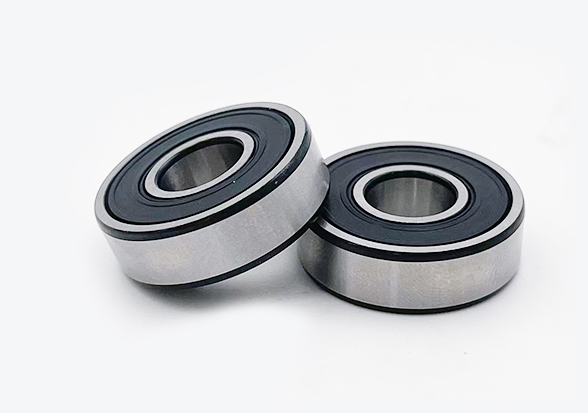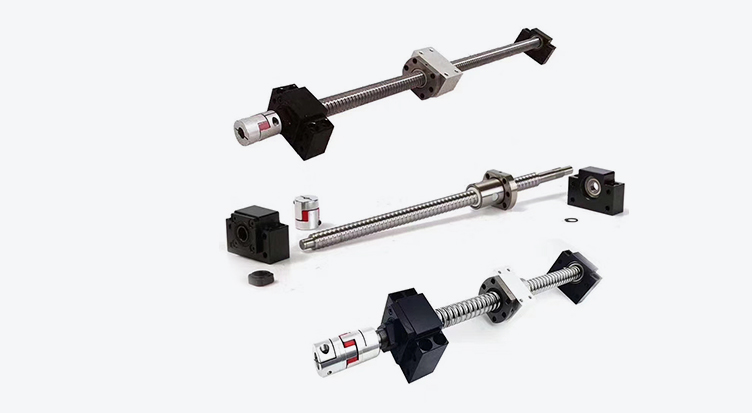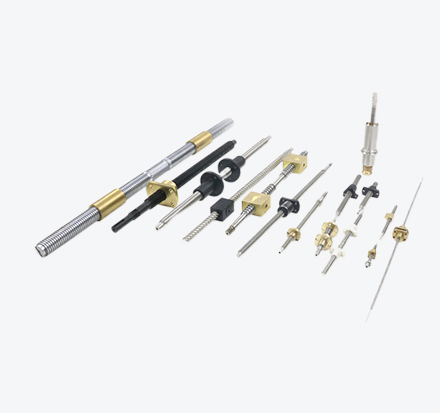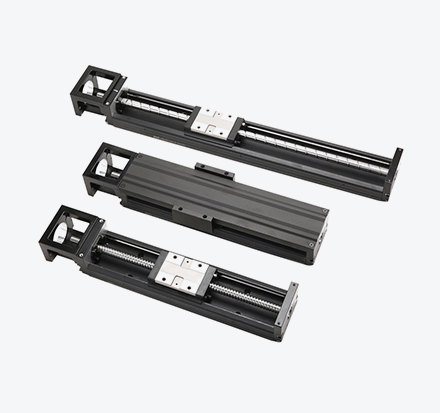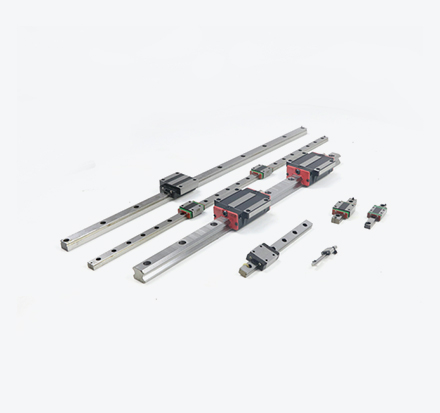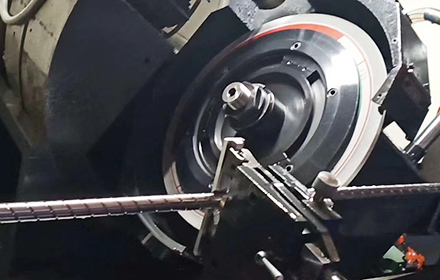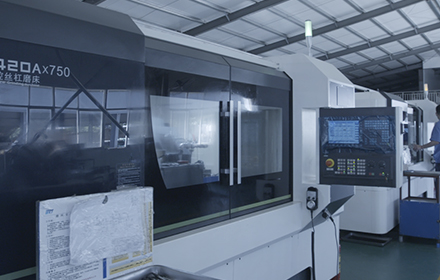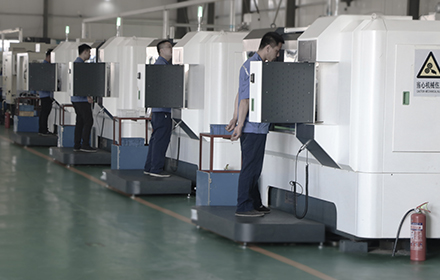The linear guide is a patent issued by the French Patent Office in 1932. Since then, linear guideways have gradually become a universally recognized supporting and transmission device and are increasingly widely used in various CNC machining centers, precision electronic machinery, automated equipment, and CNC machine tools. Its application in the industrial production process is very extensive.
Understanding of the linear guideway
Linear guideway pairs generally consist of guide rails, sliders, reversers, rolling bodies, and retainers. They are a new type of rolling support that performs relatively reciprocating linear motion. Because linear guideways can replace direct sliding contact between slides and guide rails with rolling balls and the rolling bodies can achieve infinite loop structure inside the raceway and slider with the help of the reverser, they have the following excellent performance features: simple structure; low dynamic and static friction coefficient; high positioning accuracy and retention accuracy.
Linear guideways, also known as precision rolling linear guideway pairs, slide rails, linear guideways, linear slideways, rolling guides, etc. are mainly used for precise control of the parallelism of the worktable to achieve linear reciprocating motion. They can bear a certain torque while achieving a higher rated load than linear bearings and high-precision linear motion lead screws even under high loads. According to the classification of friction properties, linear guideways can be divided into sliding friction guides, rolling friction guides, elastic friction guides, fluid friction guides, etc.
Functional Roles of the linear guideway
As we all know, there are various forms of guide rail systems and they are applied in many industries. However, their working nature is roughly the same. The movement of the working parts of the CNC machine tool on the specific guide rails is similar to a train running on tracks to various stations. From these two movement methods, we can clearly see that linear guideways have the following three functions: guiding the movement of the carrier; providing a smooth moving surface for the carrier; transmitting the force generated by the movement of the train or cutting of the machine tool to the foundation or bed to reduce the impact on passengers and passive processing parts.
The role of linear guideway is to support and guide the moving parts, drive the worktable to move smoothly in the given direction by relying on two or four rows of ball rolling on both sides of the guide rail, and achieve linear reciprocating motion. Most movements along the guide rail system are linear, but there are also a few arc movements. Of course, many of the technologies of the linear guideway can be directly applied to arc-shaped guides.
 English
English
